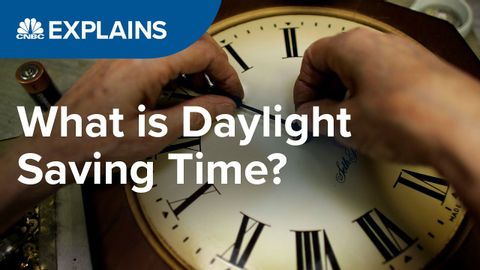サマータイムとは何ですか?| CNBCが解説 (What is Daylight Saving Time? | CNBC Explains)
Summer が 2021 年 03 月 27 日 に投稿  この条件に一致する単語はありません
この条件に一致する単語はありませんUS /ˈrɛləvənt/
・
UK /ˈreləvənt/
US /ɪˈmidiɪtli/
・
UK /ɪˈmi:diətli/
US /kənˈsʌmpʃən/
・
UK /kənˈsʌmpʃn/
エネルギーを使用
すべての単語を解除
発音・解説・フィルター機能を解除
